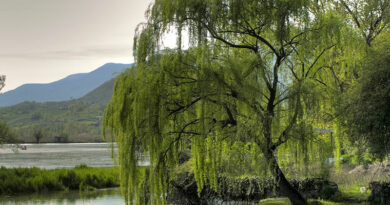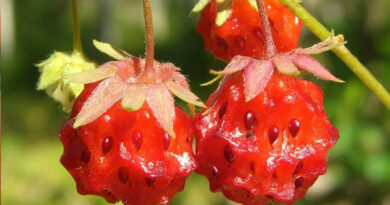10 Neat Things About Trees Waking Up in Spring
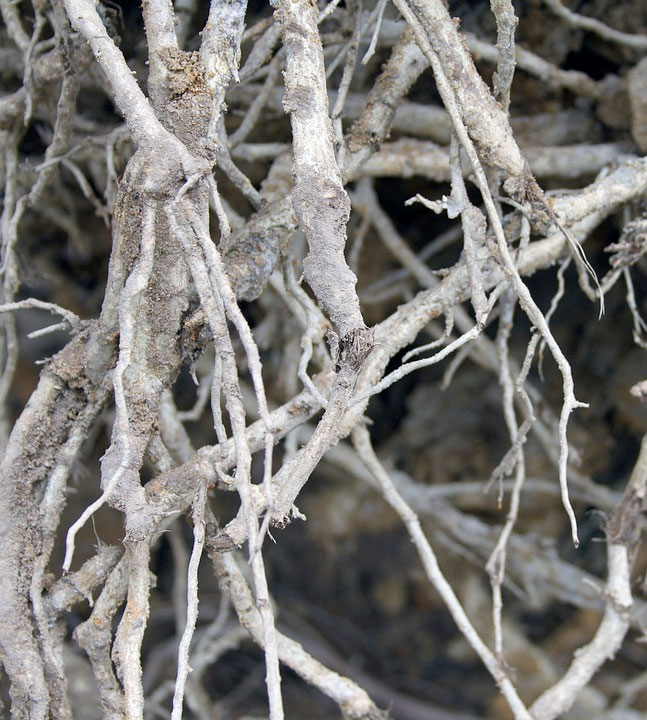
1. I’m not sleeping. I’m just resting my twigs.
So do trees really fall into a deathlike slumber over winter? Apparently not. While the above ground portions of deciduous trees are very much dormant, what goes on underground is quite another matter. As long as the soil temperatures remain above 0 Celsius, roots are active.
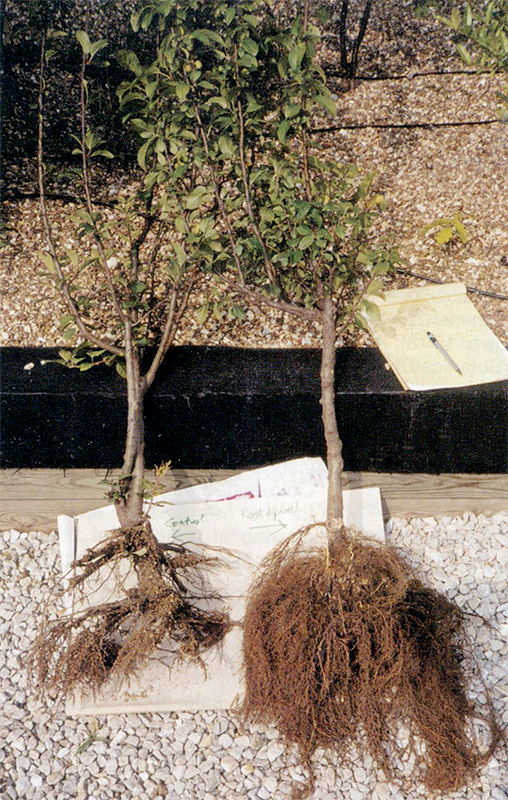
2. My buddy is busy, too.
Trees enjoy a symbiotic relationship with a class of fungus called mycorrhizae, which also stay active, searching out water and nutrients underground, even though the air temperatures may be very frigid.
3. Feeding roots but not necessarily feeders.
The mycorrhizae bring important nutrition to the roots which are not only active, but actively are growing, replacing those that have died, and reaching out for more feeding opportunities. However, many of the so-called feeder roots that grow upward into the top 6 to 24 inches of earth above the main roots may be in soil that has fallen to temperatures below freezing. This may have caused them to become inactive or to have even died if the temperatures drop too low in this layer of soil.
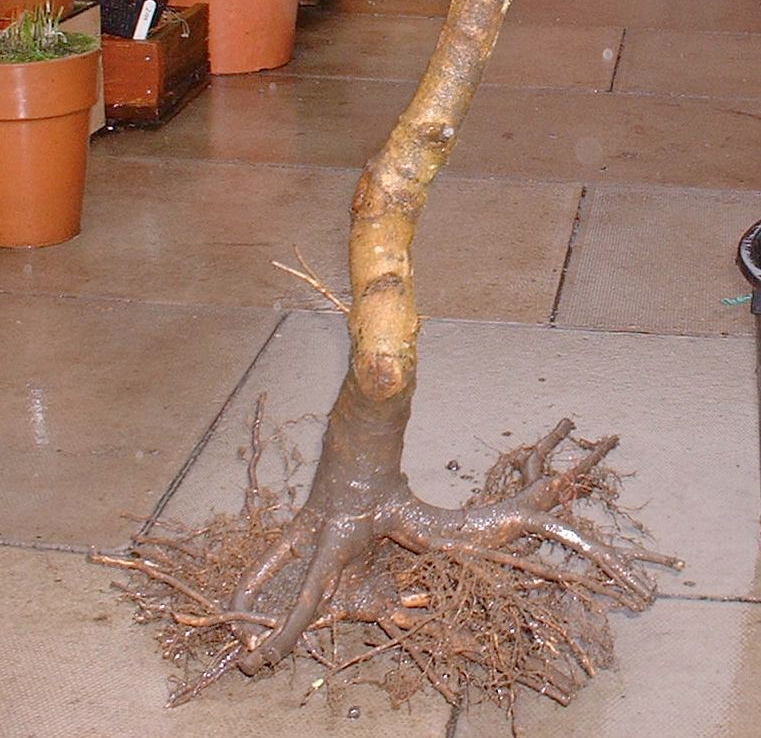
4. The sum of many parts.
One of the cool things about trees is that while they are an entity, they also have the ability to lose major parts without death. Lop off a limb – no problem. Trim off some roots, the tree rushes to grow some more. As humans, that would be more like cutting off our fingers than our nails. Trees seem to do it with ease.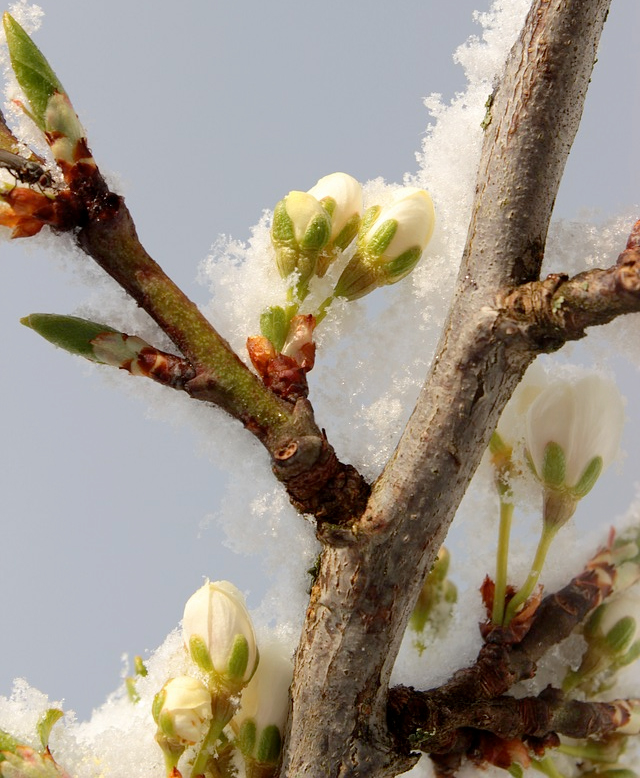
5. How do trees know when to wake up?
Our popular belief is that reduction of light hours triggers sleep and the return of light hours triggers awakening. However, scientists tell us that it is not day length but night length that is being monitored by the tree’s chemistry through a phytochrome, a blue pigment that, when lit by a photon of red light, is activated to turn off.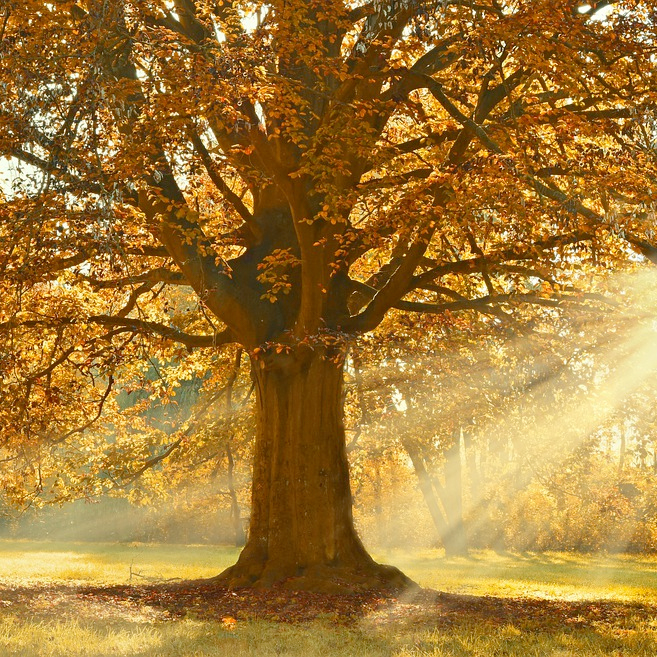
6. Wake up! Wake up! It’s warm outside.
It may be that after leaf drop there is a warm spell, but the tree doesn’t heed this. Instead, it keeps on snoring above ground. This happens when the tree has been exposed to a cold spell for a certain period – dormancy has now been reached and it takes more than a warm spell to wake the tree up again.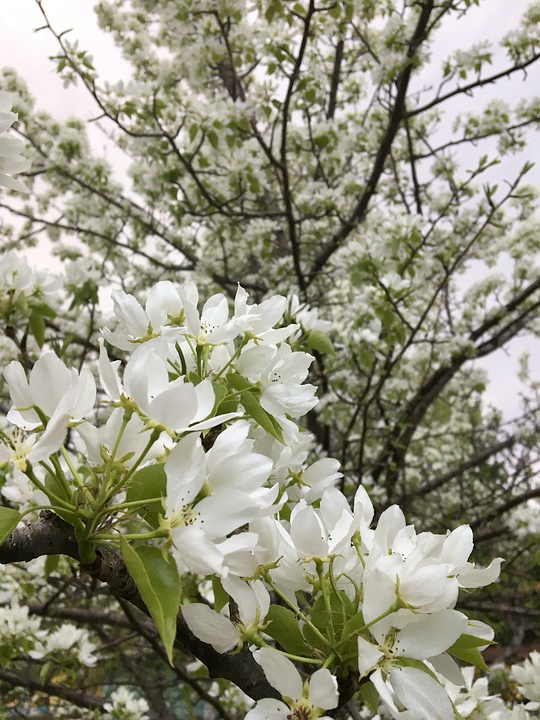
7. The chilling hours.
In order to produce fruit, there is a period called the “chill hours” that many fruit-bearing trees (and some perennials and seeds) need to experience. This is a period that starts when the temperature reaches about 7 Celsius and ends just above the freezing mark at 3 Celsius. The number of hours between those two markers is what counts.
8. Apples need a long sleep, peaches not so much.
The number of chill hours required by apple trees varies, depending on variety, to between 200 and 1,500 hours, while peaches need very few hours of chilling. If the tree doesn’t get the required number of hours, it can fail to produce flowers and fruit.
9. Tree memory.
Cellular memory plays a part in the blossoming of trees in springtime. This is due to a long RNA molecule called COLDAIR that has recently been discovered by science. After a certain period of cold weather, the molecule “remembers”, based, scientists think, on past weather experiences. This reactivates the gene that has been deactivated in fall to repress flowering no matter what happens to the weather.
10. Don’t feed me when I’m half awake.
Just a tip: don’t smother your tree with nitrogen until it has fully leafed out. The plant can’t handle the nutrient until it is able to photosynthesize.






